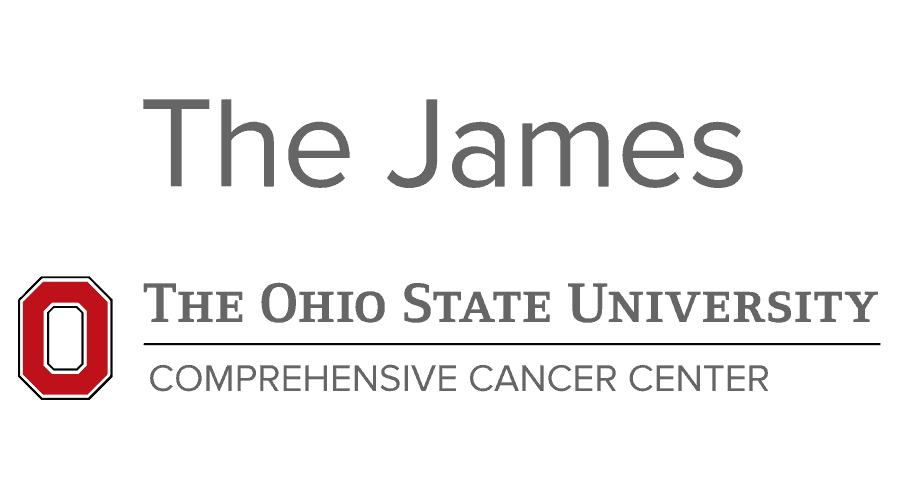Clinical Translational Science Shared Resource
- About Us
- Meet the Team
- Laboratory Services
- Consultation Services
- Go To eRAMP
Please remember to cite the Shared Resources!
Research reported in this publication was supported by The Ohio State University Comprehensive Cancer Center and the National Institutes of Health under grant number P30 CA016058.
We thank the XX Shared Resource at The Ohio State University Comprehensive Cancer Center, Columbus, OH for (XX)
The Clinical Translational Science Shared Resource (CTSSR) provides state-of-the-art preclinical, clinical, and translational research support services to investigators to facilitate the monitoring of clinical trials and the development of novel cellular and immune-based therapies. CTSSR facilitates the storage and distribution of comprehensively annotated, high-quality biospecimens and their derivatives, and provides technical and project management services to OSU members and collaborators.
This resource works closely with clinical and translational scientists in the design and management of studies and provides guidance related to assay development and data analysis. The CTSSR serves as a central repository for specimens collected from patients on trials and is responsible for processing the samples for any number of downstream analyses. In addition to developing novel assays, the CTSSR partners with other OSUCCC shared resources to utilize available technologies such as next-generation sequencing, RNA expression analysis and proteomics. In these situations, the CTSSR is responsible for obtaining and preparing the patient samples for downstream analyses and then collects and analyzes the data.
240 Biomedical Research Tower
460 W. 12th Ave.
Columbus, OH 43210
Phone: 614-366-9041
Laboratory Services (back to top)
- Clinical sample receiving, processing (PBMC, plasma, buffy coat isolation), storage and distribution.
- DNA/RNA purification from cells, blood, formalin-fixed and paraffin-embedded (FFPE) tissues and fresh or frozen tissue samples using Promega Maxwell RSC automated instrument or manually.
- Liquid biopsy processing (plasma, urine, saliva, and other body fluids): cfDNA, ctDNA, and miRNA purification.
- Protein-based analysis: immunofluorescence assays, ELISA, immunoblotting, proteomics, immunohistochemistry (IHC).
- High throughput Luminex Multiplexing assays for cytokine/proteins and RNA biomarkers profiling and quantitation: Luminex MAGPIX multiplexing assay is a high-throughput, rapid and accurate technologies profiling proteins & RNA biomarkers from wide range of samples: fresh or frozen tissues (animal or plant), whole blood, plasma, serum, urine, ascites, saliva, and other body fluids, cultured cells, bacteria, and viruses, FFPE tissues.
- Agilent Seahorse XFe24 Analyzer for metabolic function detection (e.g., mitochondrial respiratory and glycolysis, cellular metabolic functions in lice cells and ex-vivo models).
- In vitro models:
-
- Cell culture, maintenance, storage, and mycoplasma testing.
- Drug screening and efficacy analysis.
- Pilot or preliminary data generation using genetic editing or expression manipulating in vitro.
- Genetic, genomic, and epigenetic testing design and conduction.
- Target/biomarker identification using NGS (whole, exome, targeted, etc), proteomics, nanoString SPRINT Profiler, GeoMx Digital Spatial Profiler.
- Cancer biomarker tracking for monitoring cancer recurrence, metastasis, therapy response, and predicting prognosis.
- Partners with other OSUCCC shared resources to develop novel assays for target identification and clinical application.
- New/custom assays development.
- Pilot study design and data generation for internal/external grant funding.
- New Investigator (without lab) with startup funding research support.
- Navigation through other OSUCCC and institutional shared resources and cores.
- Aging biomarkers analysis.
Consultation Services (back to top)
- Project design and management:
-
- Protocol review and development.
- Hypothesis development and grant application preparation.
- Manuscript preparation.
- Budget preparation.
- Development of lab manuals, SOPs, and validation documents.
- Data analysis: meta-data bioinformatic analysis, survival/outcome analysis, NGS and -omics data analysis.
- Education and trainings: undergraduate, technician, graduate, postdoctoral, resident, and fellow.
- Collaboration and resource identification: planning, identifying, and catalyzing internal and external collaborations and resources for clinical trials or project conduction.
- Helps identify and develop partnerships among investigators and biotech/pharmaceutical companies to gain access to new drugs and compounds and to provide corresponding correlative testing and analyses for cancer studies.
Click here for full list of services and fees
Please remember to cite the Shared Resources!
Research reported in this publication was supported by The Ohio State University Comprehensive Cancer Center and the National Institutes of Health under grant number P30 CA016058.
We thank the XX Shared Resource at The Ohio State University Comprehensive Cancer Center, Columbus, OH for (XX)
